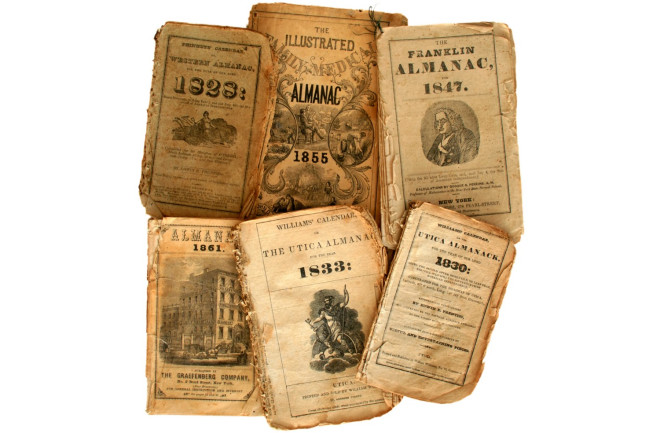The American folk singer Lee Hays used to say that in the farm country where he grew up, a family might have only two books in the house: The Bible, to prepare them for the next world, and an almanac, to help them through this one. Even today, almanacs — though less authoritative than they once were — retain a place in American life, especially rural life. Published annually, they typically offer a wide array of information about the coming year: timetables for the rising and setting of the sun and moon, for the tides and the constellations, and for eclipses and meteor showers, along with dates of moveable holidays and feast days. But an almanac is more than a calendar. It’s a book for predicting the future — certain aspects of it, anyway.
The History of the Old Farmer's Almanac and Why Its Popularity Endures
For centuries, almanacs have served as valuable scientific documents that helped track heavenly bodies, the tides, planting seasons and more. But how good are they at predicting the weather?
By Jack Feerick
Dec 4, 2020 9:00 PMDec 4, 2020 8:59 PM

(Credit: I. Pilon/Shutterstock)
Newsletter
Sign up for our email newsletter for the latest science news
0 free articles left
Want More? Get unlimited access for as low as $1.99/month
Stay Curious
Sign up for our weekly newsletter and unlock one more article for free.
View our Privacy Policy
Want more?
Keep reading for as low as $1.99!
Already a subscriber?
Find my Subscription
More From Discover
Recommendations From Our Store
Shop Now
Stay Curious
Subscribe
To The Magazine
Save up to 40% off the cover price when you subscribe to Discover magazine.
Copyright © 2023 Kalmbach Media Co.






